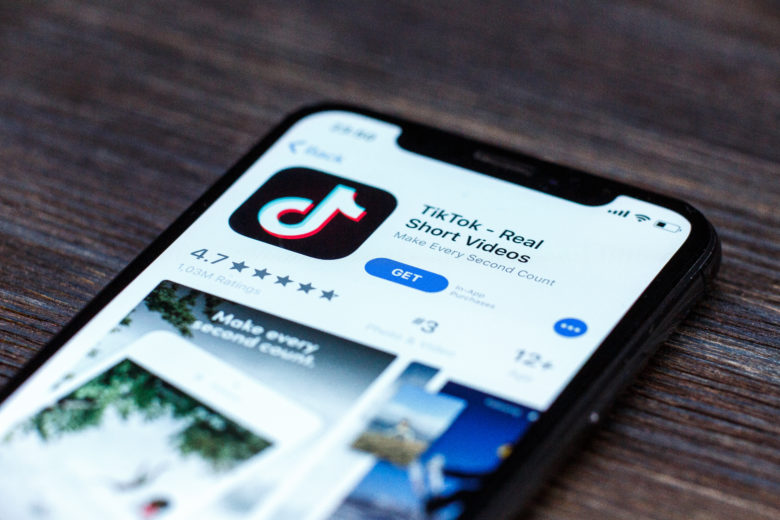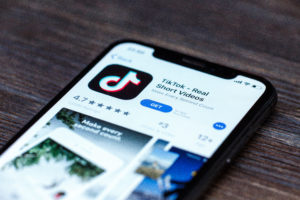Should your nonprofit join the rising star social network, Bluesky?
This article was published onHashtagnonprofit
Bluesky is a new social media platform that’s being developed as an alternative to sites like X/Twitter. In just a few weeks post-US elections, its user base jumped from 13 million to over 21 million, with 3.5 million daily active users.
The growth of Bluesky is partly due to increasing frustration with X/Twitters’s policies and user experience, and also Bluesky’s promise of decentralisation, cleaner content feeds, and user control. Decentralisation means no single company owns or controls the entire platform. Instead, it uses open-source technology so people and organisations can create their own communities or “networks” that connect to each other.
In style, Bluesky feels like the early days of Twitter. With a 300 character limit on your posts, you will typically find that the platform has less noise, more engagement, and it is much easier to see content from people you actually follow, rather than algorithmic-based news feeds full of bots and ads.
With nonprofits always looking for new ways to reach people, share their work, and connect with supporters, Bluesky could be a good option—but it’s not perfect.
Why nonprofits should consider using Bluesky
- Bluesky is still new, which means nonprofits can stand out and take the time to develop your audience and your voice.
- The “decentralised” model means which means no single company controls it. Nonprofits can have more say in how they share their content, and there’s less risk of sudden changes, like what’s happened with other platforms.
- Right now, Bluesky’s smaller community makes it easier to have meaningful chats and connect directly with people who care about your work.
- Joining a new platform like Bluesky shows your nonprofit is open to fresh ideas and keeping up with the times.
Why nonprofits might avoid Bluesky, or wait a while before using the app
- Bluesky doesn’t have as many users as X/Twitter or Facebook.
- Managing another social media account takes time and energy, and nonprofits often have limited staff and resources.
- If you have had your social media accounts for several years, you have probably forgotten how much time and effort it takes to build up an audience on a new platform. It is a slow process!
- Bluesky is new, and it’s hard to know if it will still be popular in a year or two. Many social media platforms, like Threads, get popular very quickly, but start to lose active users over time.
(…)
The Bottom Line
Bluesky has potential, but it’s not for everyone. If you have the time and resources to try something new, it could help your nonprofit stand out. But if you’re already stretched thin, rather focus on making the most of platforms where your audience already is.

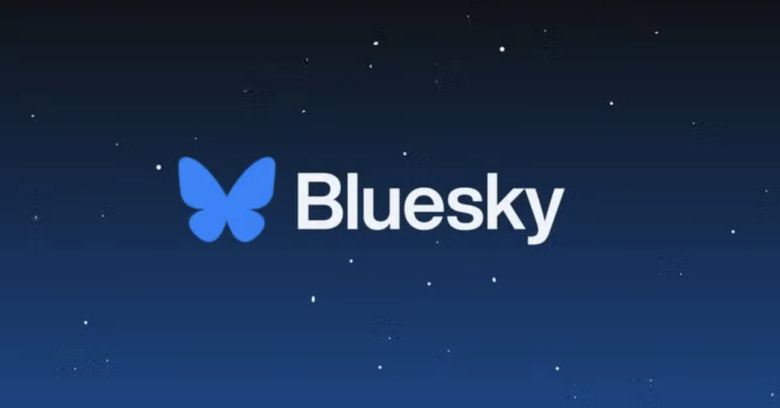


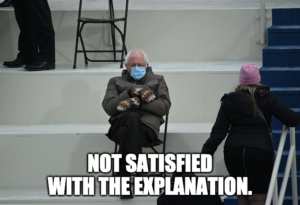



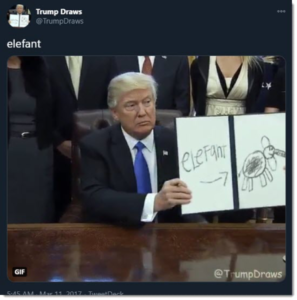
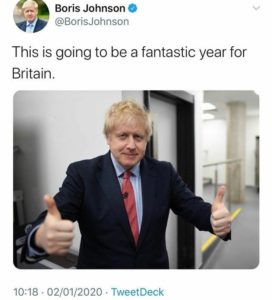
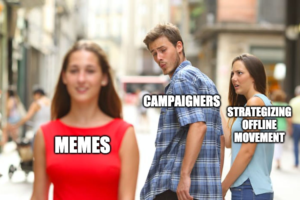


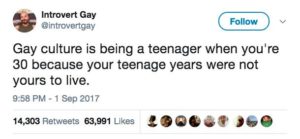
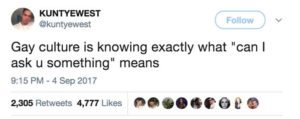
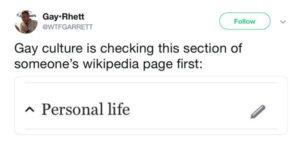





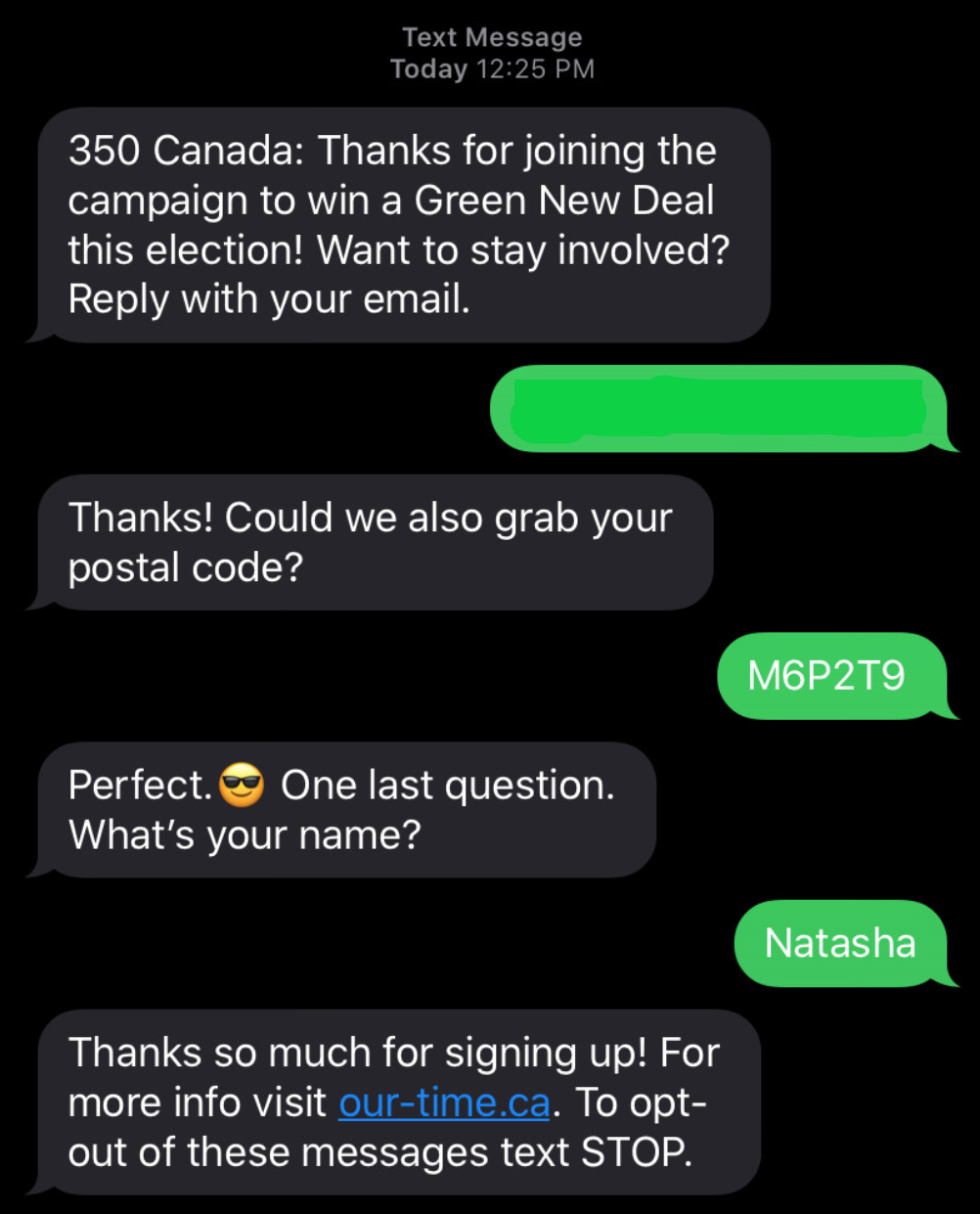 After texting VOTE to 67076 at the global climate strike, supporters new to the Our Time movement were guided through the opt-in process with New/Mode’s Chatbot Conversation functionality.
After texting VOTE to 67076 at the global climate strike, supporters new to the Our Time movement were guided through the opt-in process with New/Mode’s Chatbot Conversation functionality. Start building your dataset by making phone numbers a requirement on your digital actions.
Start building your dataset by making phone numbers a requirement on your digital actions. Photo by
Photo by 
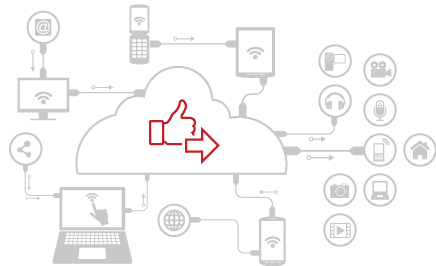

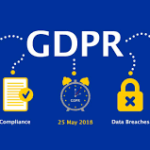 As a matter of fact, concerns over privacy and data usage are increasing, and in some countries, this is reflected in new legislation — such as
As a matter of fact, concerns over privacy and data usage are increasing, and in some countries, this is reflected in new legislation — such as 